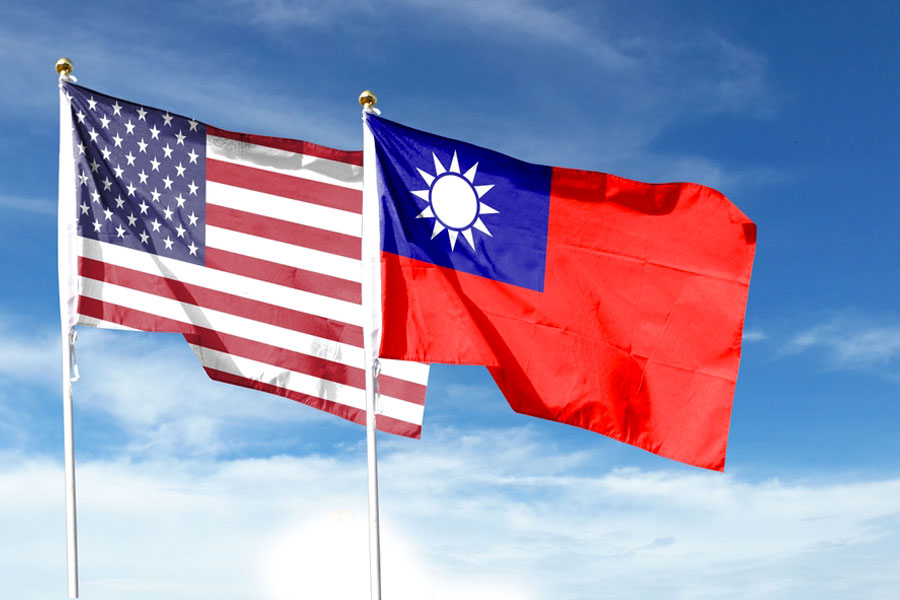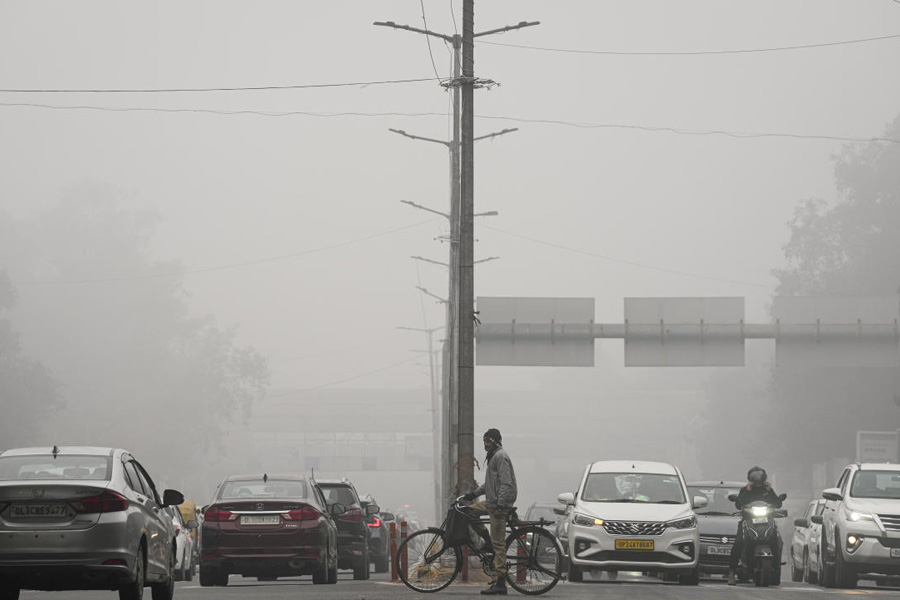Water hyacinth and algae have once again started mushrooming in the Subernarekha and Kharkai rivers much earlier this year. Both the rivers are lifeline of Singhbhum region.
Environmentalists say it is happening because of the prevailing weather conditions.
“Usually, water hyacinths and algae start growing in both the rivers around March-April when the maximum and minimum temperatures rise equally. However, this year they have grown much earlier. Stagnant water is one of the reasons,” said PD Sen, an environmental activist and a weather expert.
The menace of water hyacinths, a free-floating aquatic plant and algae is also an indication of rising pollution in the river water.
Regional officer of Jharkhand State Pollution Control Board (JSPCB) Suresh Paswan said the algae and hyacinths are multiplying fast on the surface because the flow of the rivers has weakened.
“Rainfall in the last monsoon was not up to the mark. It has weakened the flow of both rivers. The situation is going to aggravate in the coming months,” he said.
In 2018 and 2020, the hyacinth had smothered the flow of both the rivers. Hyacinth usually prevents penetration of sun rays into the water which is harmful to fish and other aquatic animals. They also result in vector breeding.
Regular streaming of domestic and agricultural waste into the river is the root of the problem.
“Stagnation caused by such waste is largely responsible for the growth of water hyacinth. If not cleared now, the existence of rivers will be at stake,” said Raja Ghosh, a city-based environmentalist.
He went on to say that as hyacinth and algae are spreading at an alarming rate, water from the Chandil reservoir and the check dam at Mango should be released into the Subernarekha at regular intervals to prevent stagnation.
“If the water is released, it will check the growth of hyacinth,” he said.
Both, water hyacinths and algal blooming is found at Domuhani in Sonari and Mango. Apart from downstream Mango bridge, water hyacinth and algae have also started mushrooming in at Domuhani in Sonari.
Both water hyacinth and algae have affected almost 3 km stretch Kharkai river, between Kadma and Sonari, and around 2 km stretch of Subernarekha river, between Sonari and Mango.











